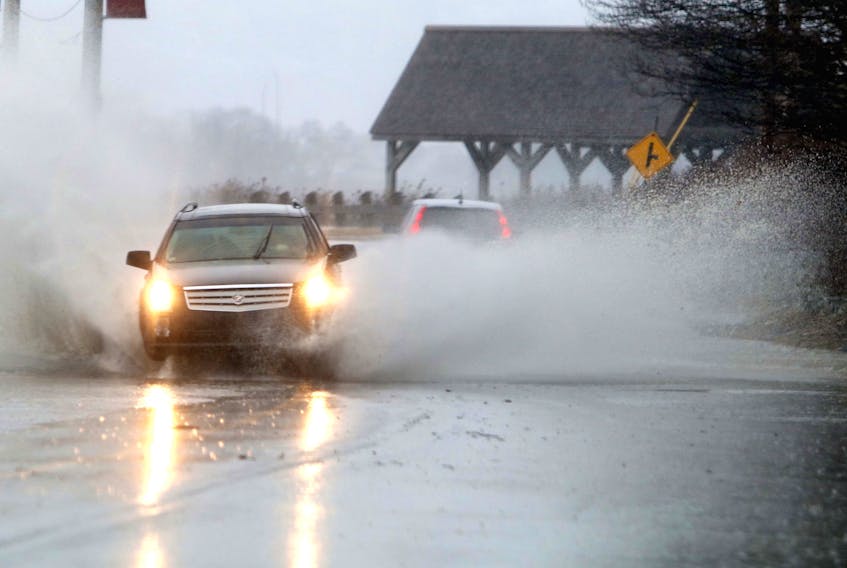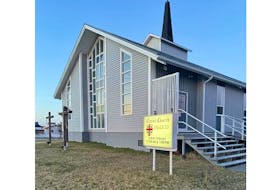A new climate report for St. John’s projects the capital city will see the daily average temperature increase by 4.8 degrees by the 2080s, will endure more frequent and intense storms, and witness a sea-level rise of 75 to 100 centimetres by 2100.
Those are a few of the climate model estimates in the St. John’s Climate Profile report which city council is slated to discuss at its committee of the whole meeting on Wednesday.
“Climate change continues to be the biggest challenge of our generation. As with COVID-19, we also need to flatten the global warming curve before it’s too late,” reads an information note about the city’s progress on a plan to address climate change, called the Resilient St. John’s Climate Plan.
A draft of the plan is expected to be ready for implementation by next summer, and community engagement to help develop the plan is expected to begin this fall.
Wednesday’s agenda says the Climate Profile will help in decision-making around the plan by incorporating considerations of the future climate projections detailed in the profile.
Some of the projections
- Increased average daily temperature by 2.8 degrees by the 2050s.
- Increased precipitation by seven per cent by 2050s, nine per cent by 2080s.
- Winter is expected to see less precipitation, but events with greater intensity.
- The ocean is expected to see further warming, with ice-free winters in the Gulf of St. Lawrence by 2100.
- Sea level rise paired with storm surges can create a significant increase in water level.
- Increased wind speeds and gusts, especially in winter.
- The 100-year, 24-hour storm is expected to become a 25-year event by the 2050s.
- Need for spring and summer cooling equipment in homes expected to increase by 82 per cent by 2050s, 164 per cent by 2080s. Heating needs for winter are expected to decrease by 18 per cent by 2050s.
- Number of days with frost expected to decrease from the current average of 160.4 to 75.2 in the 2080s.
- Snow depth predicted to decrease by 60 per cent by 2050s, 80-90 per cent by 2080s.
The projections were estimated using global and regional climate models, and a range of future emissions scenarios. The estimates are based on 30-year periods, meaning the 2050s could refer to anytime between 2041-2070, and the 2080s refers to what would be possible between 2071-2100.
The report says this data, paired with information about impacts such as flooding and insurance claims, is key in supporting municipal planning.
The city is engaged in climate change adaptation planning, such as identifying risks and vulnerabilities, assessing options, and implementing, monitoring and revising strategies, as part of its sustainability planning framework and its commitment to the Global Covenant of Mayors for Climate and Energy, which St. John’s signed onto in December.
In November, the city declared a climate emergency.
The Climate Profile report is available in full at stjohns.ca under Wednesday’s committee of the whole meeting agenda.
Twitter: @juanitamercer_









